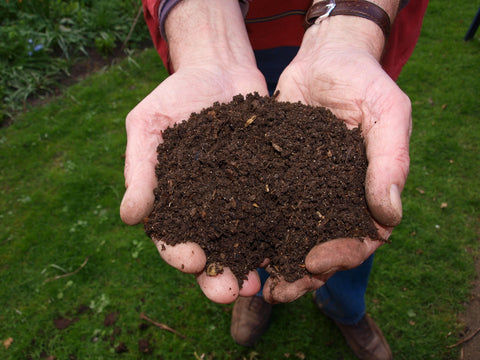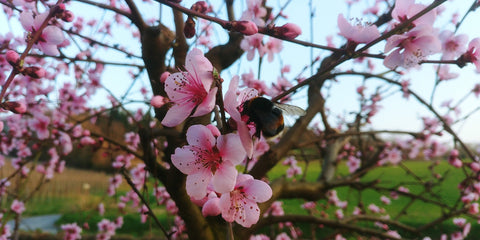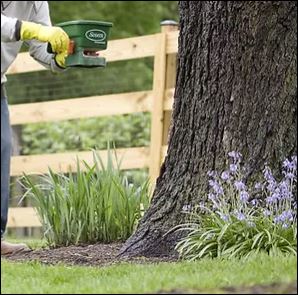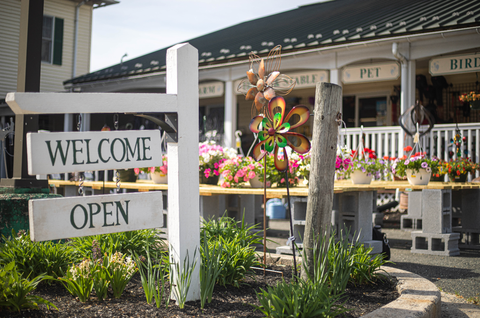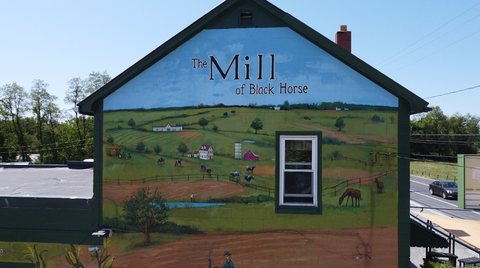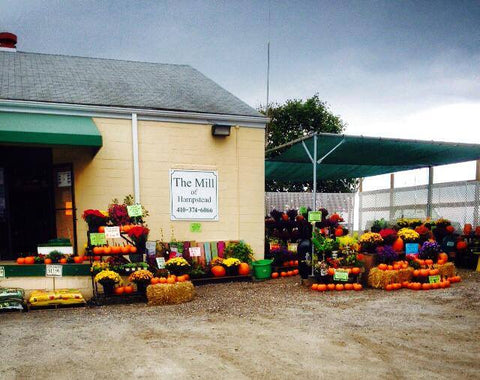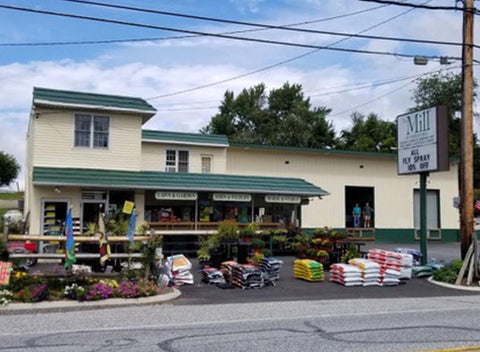Composting is a controlled aerobic action that converts organic materials into a rich soil amendment. The end- product should smell like fresh earth, be dark and crumble easily. The two most composted materials are food scraps and yard waste. There also needs to be moisture and good air circulation.
You can purchase a bin composter or make one with a heavy plastic container that can withstand the elements. Plastic containers should have numerous ¼ inch holes for water drainage, and air circulation. They should be held off the ground for proper drainage. You can use brick or stones to set it on. Many pre-made composters come with a stand to rotate.
You can also begin a compost pile. Make sure that you have two sides and a back that you can use to push your pile against when turning. Many utilize cinder blocks as the sides and back and leave the front open for air circulation. You work the pile method from side to side to turn.
When beginning your pile or filling your composter, use a 4–6-inch layer of browns (twigs, dry leaves, wood chips, perennial cuttings) against the ground followed by a 1–2-inch layer of green compostable materials. Continue by alternating layers. Once you have 2 feet of material let it begin to decompose, keeping it damp (similar to the consistency of a damp piece of cardboard) not wet. There should be no standing water.

The pile should sit for a few weeks then you begin to turn it over with a fork and the center should start to get warm. Bacteria, Fungi, and Actinomycetes are all responsible for the breakdown of the organic matter and these organisms react with the compost making the pile heat up to over 130°F. If the pile becomes too wet and anaerobic it will not heat up and will develop an odor.
It will take 3 to 5 months for the process to complete. If you place your composter in an area with part-sun you may shorten the time frame and if it is in the shade, it may take longer. Heat helps with the bacterial breakdown of the materials.
There are products that can assist with the process and shorten the time it will take to obtain a finished compost. Espoma Compost Starter, Jobe’s Compost Accelerator are a couple, and there are others.
Composting is a terrific way to make soil amendments for your garden.
Composting Materials
What to compost:
- Leaves
- Some manures (cow, horse, sheep, poultry, rabbit, llama)
- Lawn clippings
- Vegetable or fruit wastes, coffee grounds
- Shredded newspaper or white, unglazed office paper
- Trimmed plant materials, wood chips, and bark.
- Shredded stems and twigs
Don't use:
- Meat or dairy scraps
- Some manures (cat, dog, swine, and carnivore manures)
- Glazed, color printed magazine paper.
- Diseased plants or plants with herbicides applied.
Credit: The University of Illinois Extension Service

